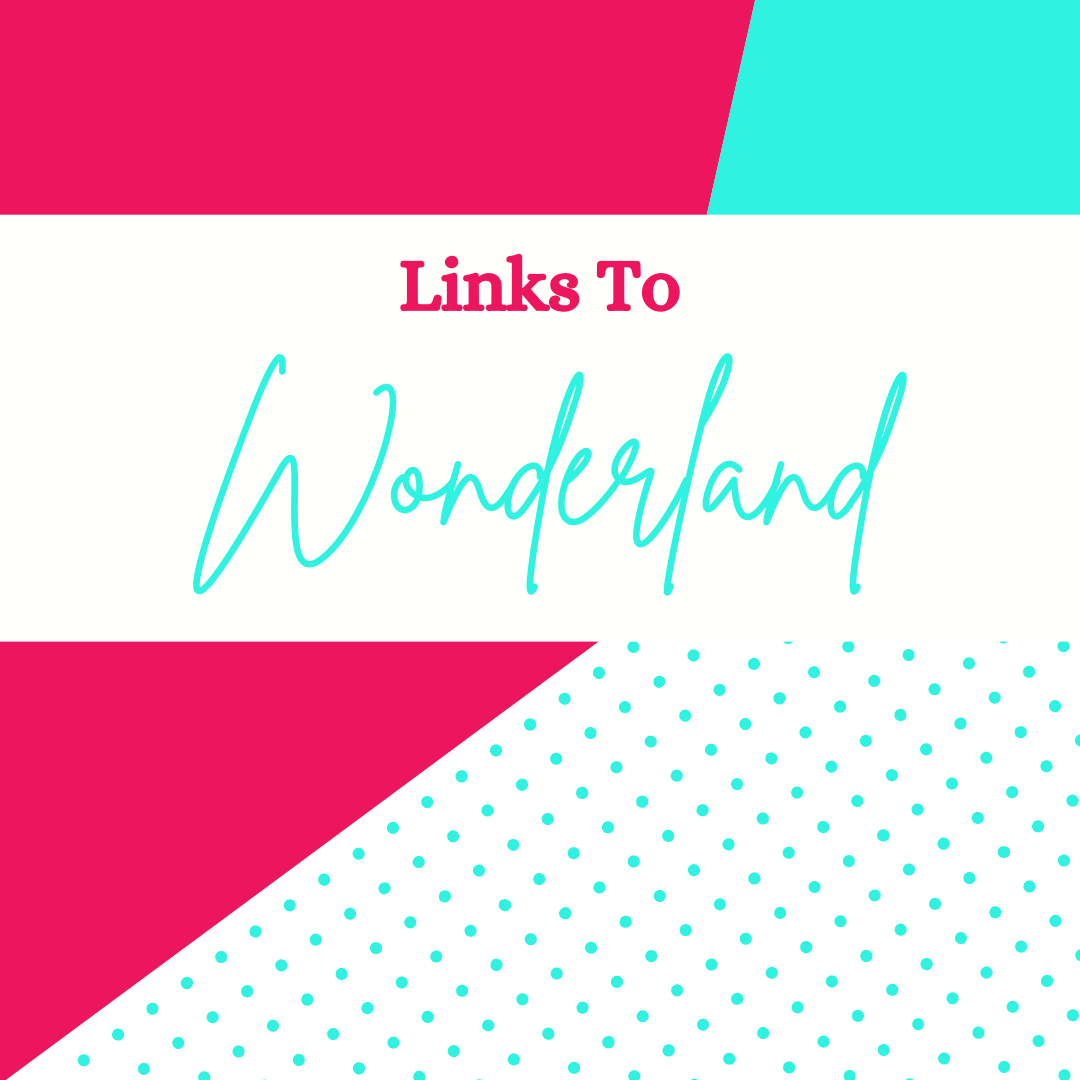Being a homemaker in a world that promotes modern gender roles often seems unconventional. But, one thing that remains conventional is the idea of love. Love is the primary reason for why we marry in the first place. We all differ significantly in the way we show and interpret love, known as love languages. Love languages are the different ways people share and receive love. There are different love languages, namely; words of affirmation, acts of service, physical touch, receiving gifts, and quality time. In this blog post, we shall discuss if a relationship can work with different love languages, and how to tackle the differences.
You have probably heard the phrase “opposites attract,” which could be the case when it comes to love languages. When two people with different love languages meet, they might be initially drawn to each other. However, when they start communicating, they might realize that they perceive love differently. The main issue that arises is when people don't know or acknowledge their partner's love language leading to one feeling unimportant or unloved.
One way to understand your partner is to identify their love language. Psychologists have identified five love languages which we have already mentioned above. Knowing and acknowledging your partner’s love language could be critical for your relationship. For instance, if your partner's love language is "quality time," they must spend time with their partner and receive undivided attention. The same goes for other love languages, such as physical touch, gifts, words of affirmation, or acts of service.
It's common for relationships to have different love languages, which can lead to misunderstandings and conflicts. This is when patience and communication come into play. It’s essential to learn how to communicate clearly with your partner, explaining how you feel and what you want. You could also try to learn your partner's love language to help you express yourself more effectively.
Most couples tend to believe that expressing love the way they understand and appreciate it is the way their partners receive it. However, it’s essential to learn how your partner perceives love to build a lasting relationship. Knowing and respecting your partner's love language keeps the love alive in your relationship. Even if your love language differs from your partner's love language, you could still make it work.
When it comes to relationships, it’s important to focus on the ways in which you show love and how your partner perceives it. There may be a mismatch of love languages, but learning to work with your partner's love language could make a significant difference in your relationship. It takes time, patience, and understanding to make any relationship work.
In conclusion, love languages are an essential part of any relationship. Relationships that have different love languages can still work. It's crucial to identify your partner's love language, learn about it, and put it into practice. Communication is also vital. By learning how to communicate effectively, you can express your feelings and needs without misunderstanding. Finally, it's important to remember that relationships take work, and when you identify your partner’s love languages and put them into practice, you can build a loving and long-lasting relationship.











0 Comments